Museum De Reede Explores the Human Condition in Graphic Art
Since Museum De Reede opened its doors in 2017, the small-scale private museum quickly emerged as one of Antwerp’s cultural hotspots. It highlights the diversity of graphic art: from old masters such as Goya, Munch and Rops, to works by living artists Fred Bervoets and Marcelle Hanselaar. The choice to focus on both old and contemporary graphics makes the museum unique.
Like many other museums, De Reede emerged from a private collection. Years ago, Dutch entrepreneur, Harry Rutten, developed a passion for graphics. To this day, the medium’s traditional, experimental but affordable nature continues to intrigue him. Therefore, the museum’s permanent collection is the result of a personal quest and taste. Figurative art, with the human condition as a central theme, predominates. The oeuvre of Francisco Goya, Edvard Munch and Félicien Rops forms the core of the collection, but is just the tip of the iceberg. De Reede distinguishes itself with its dynamism and impressive programme of temporary exhibitions.
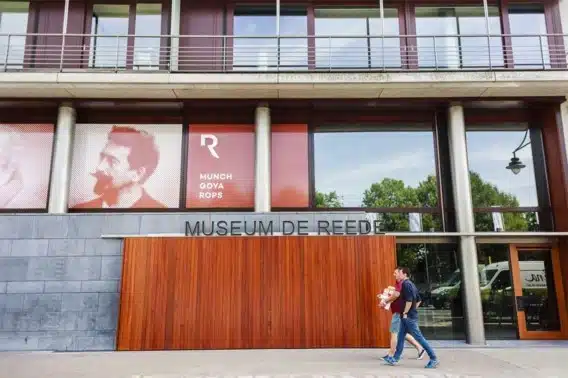 Figurative art, with the human condition as a central theme, predominates at Museum De Reede.
Figurative art, with the human condition as a central theme, predominates at Museum De Reede.© Nina Beauprez / Museum De Reede
It is no coincidence that De Reede is located in Antwerp. With dozens of museums and contemporary galleries, the city is not only an art metropolis, but it also has a historical link with printmaking and printing. For example, the renowned Plantin-Moretus printing family was based in Antwerp, and Albrecht Dürer exchanged etching plates there with Lucas van Leyden in 1521. Under the influence of Dürer, Van Leyden introduced portrait art as a genre in the Northern Netherlands.
The museum settled on Ernest Van Dijckkaai, opposite the Steen, in a building where the offices of the shipping companies (‘rederijen’, in Dutch) were once located. Hence, its name, De Reede, but written according to the old spelling of the 16th and 17th centuries, the heyday of Antwerp engravers.
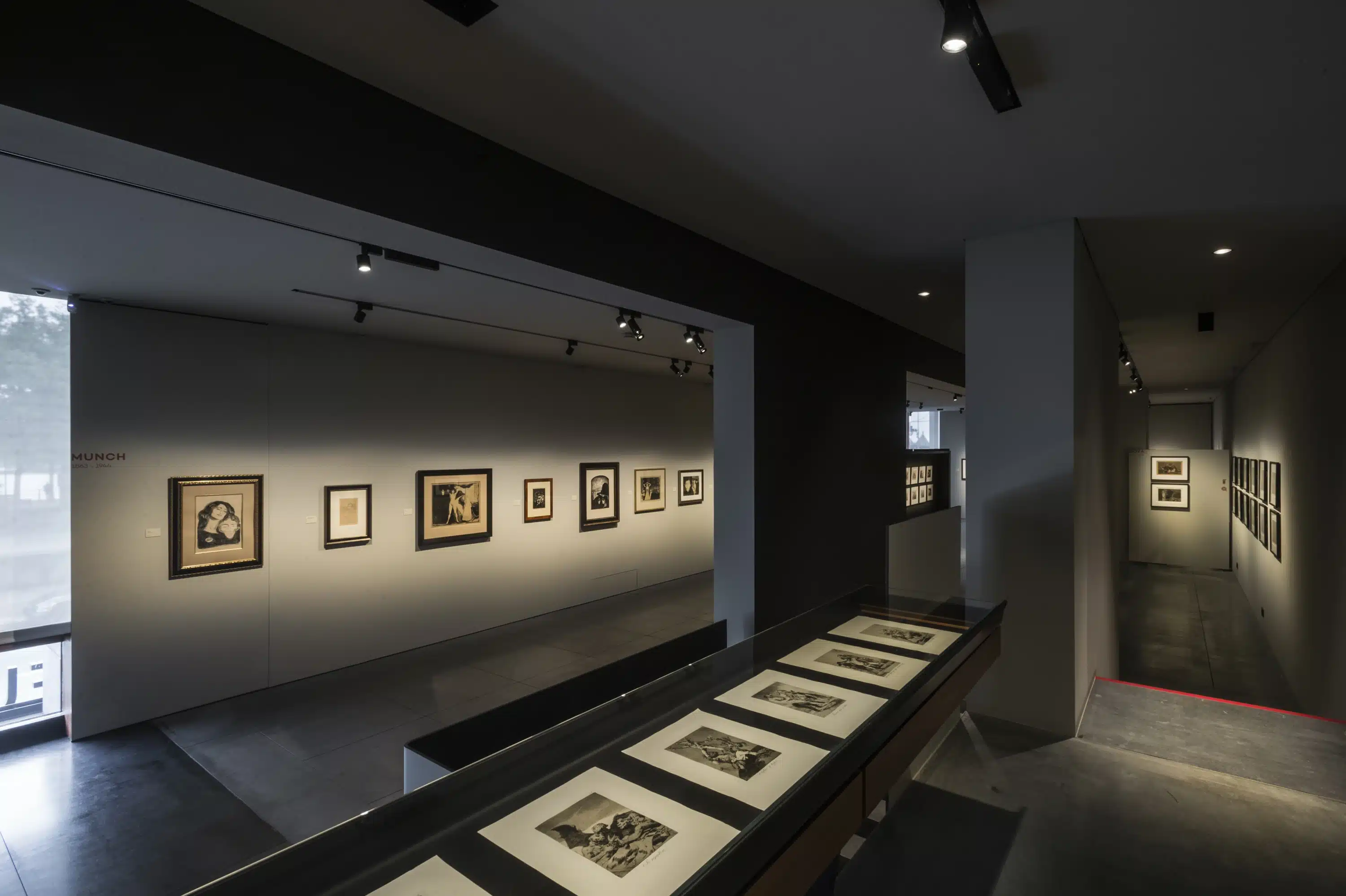
© Museum De Reede
Goya, etchings as satire
A graphics museum without the art of Francisco Goya y Lucientes (1746-1828) is not worthy of its name. Although Goya gained prominence as a (court) painter, together with Rembrandt, he is considered one of the main founders and innovators of printmaking in Western Europe. Nevertheless, he was one of the least successful painter-engravers during his lifetime. He published less than half of his etchings and had difficulty selling printed plates.
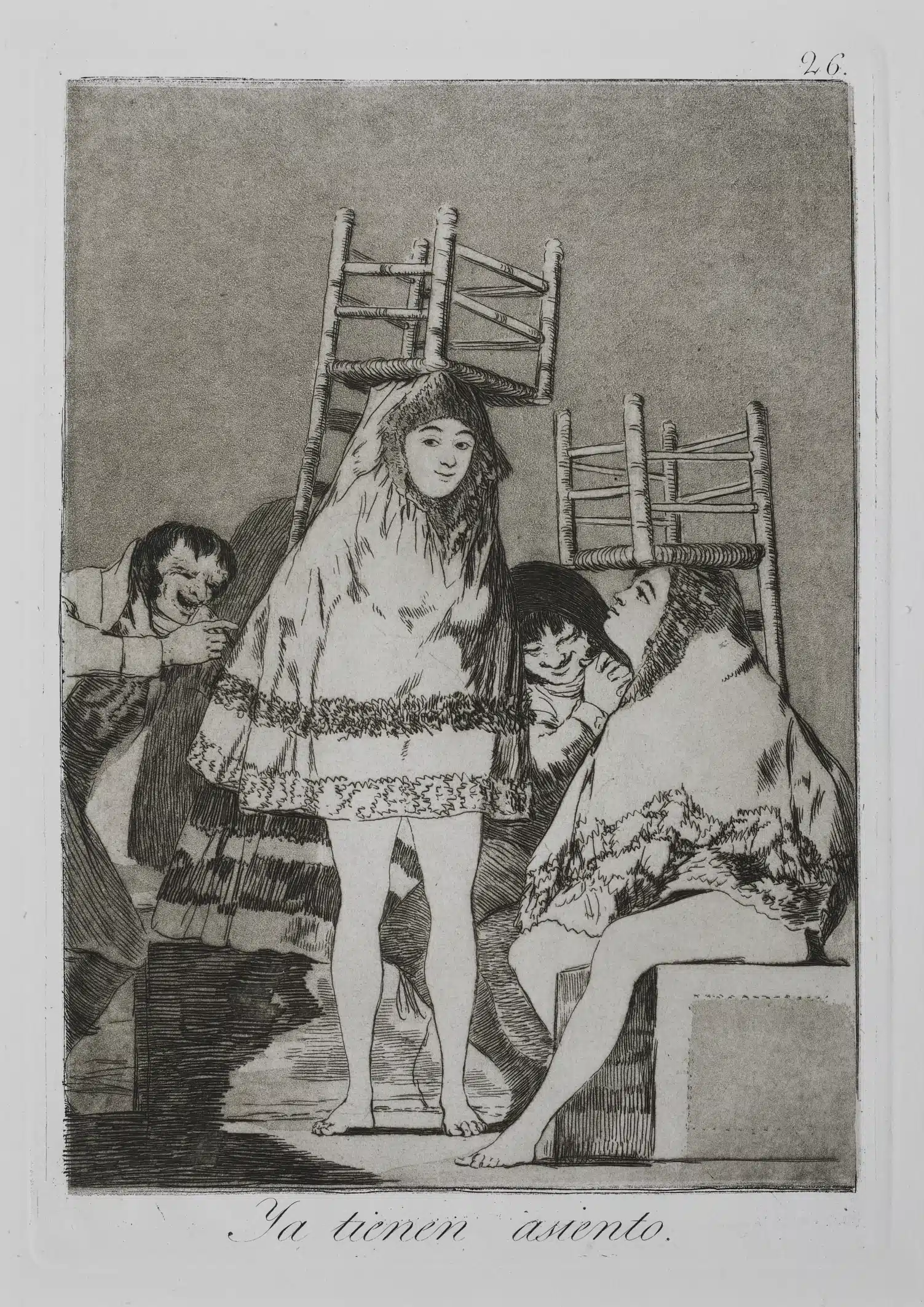 Francisco Goya, Los Caprichos
Francisco Goya, Los Caprichos© Museum De Reede
In the eighty etchings of Los Caprichos, Goya portrays the Spanish peasants’ superstition of witchcraft, the arrogance of the nobility and the widespread corruption of the Catholic Church. To protect himself from the wrath of the court and the Inquisition, Goya masked his satire by giving his images multiple meanings. To be on the safe side, he donated the etching plates to the Spanish monarch. In 1808, shortly after France invaded Spain, he created Los Desastres de la Guerra, an unvarnished visual account of the war and terrible famine that ravaged Madrid. In the final plates of this series, the enlightened artist commented on the political, religious and ideological aspects of the war. Consequently, this uncensored indictment was never published during his lifetime.
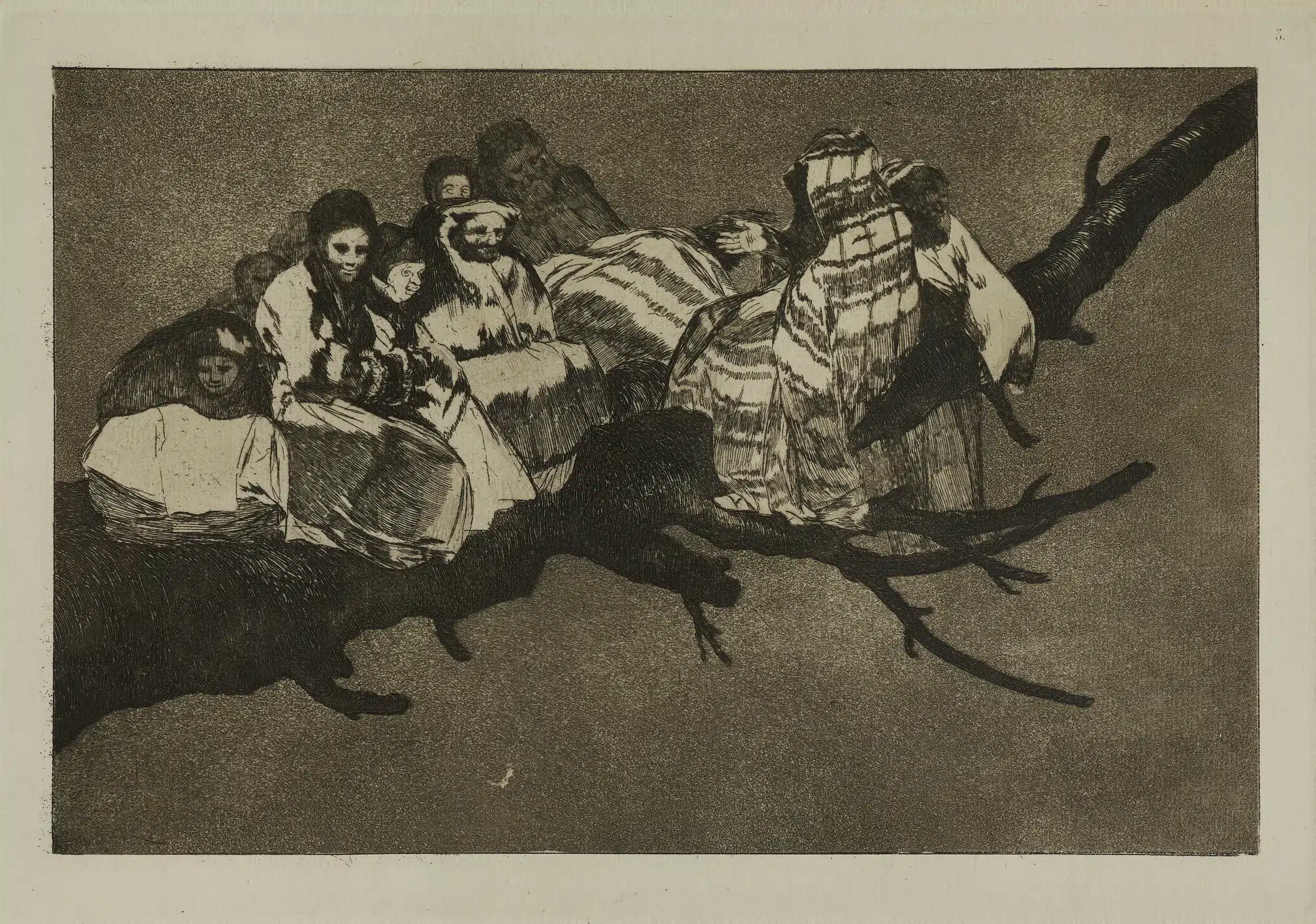 Francisco Goya, Los Disparates, Los Proverbios
Francisco Goya, Los Disparates, Los Proverbios© Museum De Reede
The museum also owns several prints from La Tauromaquia. This series represents a break from the sarcasm of Los Caprichos or the tragedy of Los Desastres. Goya zooms in on the Spanish tradition of bullfighting. His final series of etchings, Los Disparates or Los Proverbios, consists of twenty-two disconcerting illustrations that recall the Black Paintings that adorned his house. Isolated figures are depicted in dark, nightmarish landscapes. Some prints are innocently satirical, but others depict monsters and giants committing acts of violence. The series is a technical tour de force to be relished. It excels in masterful skill, expert use of contours and tonal variations.
Largest public collection of Edvard Munch outside Norway
With forty-one works by Edvard Munch, Museum De Reede has the largest public collection of the artist outside Norway. In 2023, the collection was expanded with no fewer than six new works.
Munch’s graphic oeuvre reflects his personal and emotional turmoil. The soft, flowing lines and paint surfaces, characteristic of lithography, go hand in hand with the artist’s gloomy brooding and symbolist style. The coarse texture and distinct black-and-white of his woodcuts reinforce the feeling of isolation and fear.
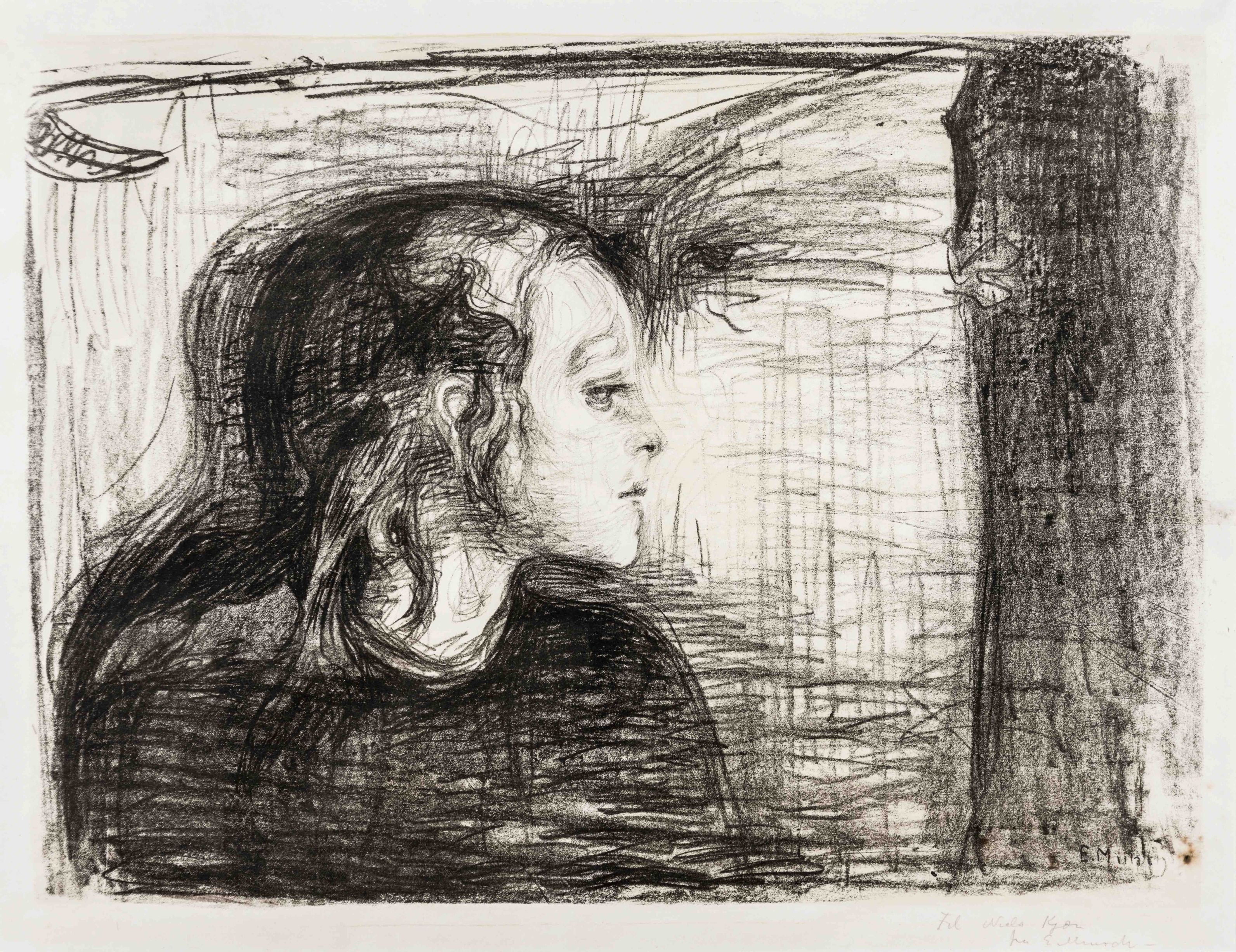 Edvard Munch, The Sick Child
Edvard Munch, The Sick Child © Museum De Reede
Edvard Munch first experimented with printing techniques in 1894 when he lived in Berlin. A few years earlier in Paris, he had already become acquainted with the innovative ways in which Henri de Toulouse-Lautrec and Paul Gauguin used lithography and woodcut. For Munch, printmaking was a means to distribute his art to a wider audience and keep it affordable. The ability to make multiple prints simultaneously allowed him to innovate. He did not simply translate his paintings into a print, but experimented with colour schemes, types of paper and printing methods.
His first Self-Portrait, a lithograph from 1895, shows the artist’s obsession with illness and mortality. At the bottom, contrasting with the pitch-black background, the artist subtly drew his skeletal arm. Munch’s tragic family history makes death ubiquitous in his oeuvre. Especially the untimely death of his favourite sister, Sophie, affected him deeply and inspired many of his paintings and portraits. He considered The Sick Child to be his most important lithograph. It therefore occupies a central place in his series, The Frieze of Life.
Perhaps the best-known work from this series is The Scream. In 2022, Museum De Reede was able to add this iconic work in lithograph form to its collection. The Scream became the symbol of existential fear, then and now.
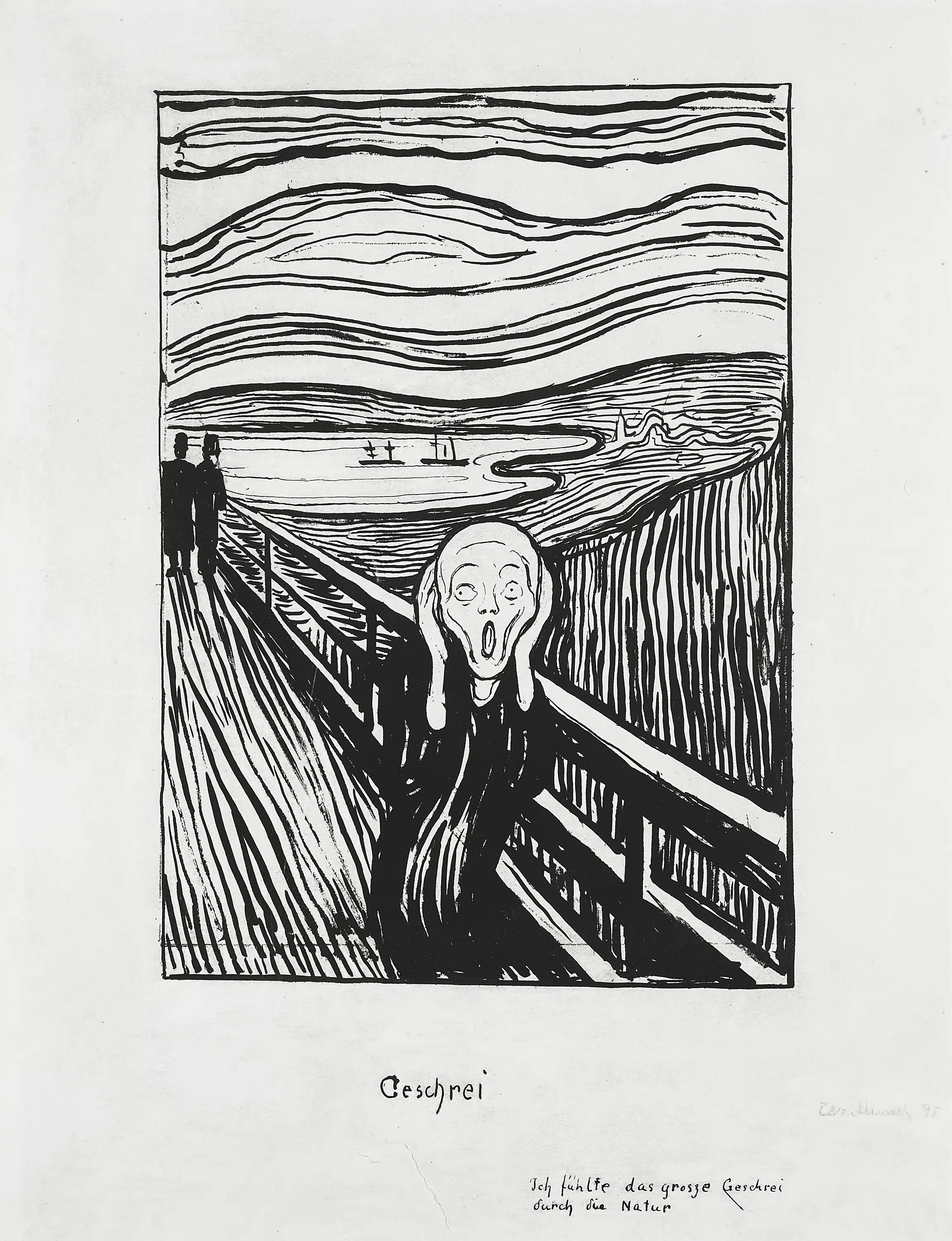 Museum De Reede was able to add The Scream in lithograph form to its collection.
Museum De Reede was able to add The Scream in lithograph form to its collection.© Museum De Reede
Although Munch never married, women and love play a major role in his oeuvre. Female figures appear in many guises: as sister, mother, mistress or seductress. De Reede houses a beautiful portrait of his mistress, the violinist Eva Mudocci. The colour lithograph, Vampire II, in which a long-haired woman takes control and attempts to bite her lover’s neck, is frightening. However, this is an illusion, as the original title of the work was Love and Pain. For Munch, this was nothing more than an ordinary love scene. It was his friend, the Polish writer Stanisław Przybyszewski, who gave the work a new title and, therefore, a different meaning.
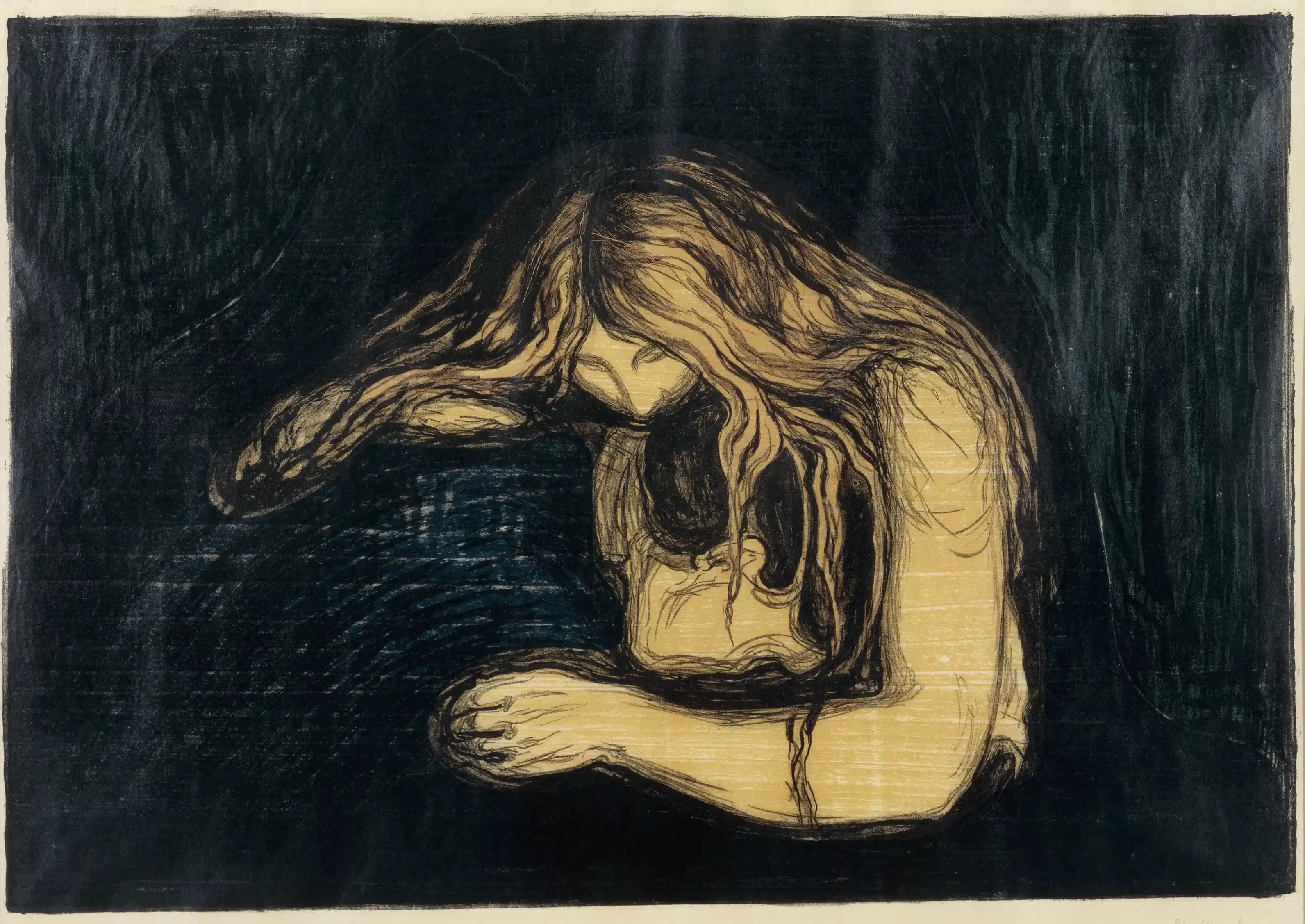 Edvard Munch, Vampire II
Edvard Munch, Vampire II© Museum De Reede
At first glance, the Madonna is erotic in tone, but upon closer examination, it is pure provocation. A naked, dreamy woman is surrounded by a border full of swimming sperm cells, while an eerie fetus is nestled in the bottom left corner. The blasphemous reference to the Virgin Mary in the title contrasts strongly with the woman who symbolises desire and aversion here.
Félicien Rops, caricaturist and master provocateur
The same disregard for modesty and established norms and values characterises the oeuvre of the master provocateur Félicien Rops (1833-1898). During his studies at Université Libre de Bruxelles (ULB), he had already emerged as a notorious caricaturist who mocked the conventions of the bourgeoisie. Once he moved to Paris, he became the city’s highest-paid illustrator. For example, he created the frontispiece for Les Épaves by Charles Baudelaire, with whom he was close friends and shared a passion for skeletons.
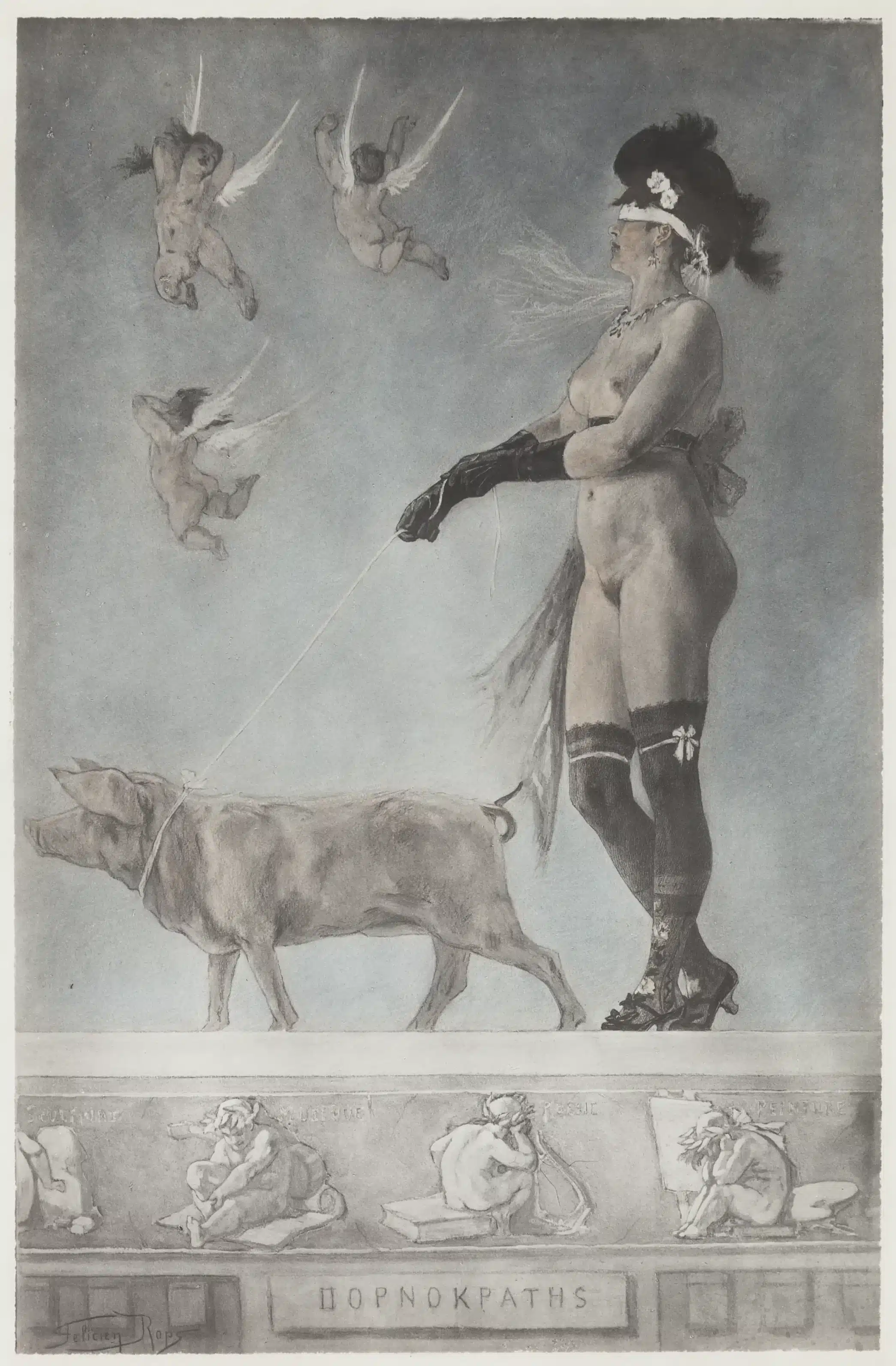 Félicien Rops, Pornokratès
Félicien Rops, Pornokratès© Museum De Reede
The engravings and drawings by Rops exhibited at De Reede form a colourful ensemble. The three different prints of the Pornokratès, or La Dame au cochon, are among the masterpieces. The artwork of the blindfolded femme fatale pulled by a pig with a golden tail caused a scandal at the time and has lost none of its power to this day. The naked women sacrificed during the diabolical ceremonies in Les Sataniques are the pinnacle of Rops’ lusty criticism of Catholicism. The collection beautifully illustrates how Rops used new photo techniques – in particular, heliogravure – to print and distribute his work in large numbers.
Dynamic and lively collection
The arrangement of the permanent collection changes now and then. This makes De Reede a dynamic and lively museum. It boasts a very large collection of Belgian and international art: from the playful work of Fred Bervoets to the disturbing Abortion Series by Paula Rego and the Rebel Women by Marcelle Hanselaar. There is always something new to discover.
Additionally, the museum curates three temporary exhibitions every year in collaboration with established institutions or private collectors. Pablo Picasso, Käthe Kollwitz, Léon Spilliaert – all were shown extensively through graphics, drawings and sculptures. The exceptional exhibition, Rembrandt: Photographer Avant la Lettre, travelled from Antwerp to South Korea, where it attracted some one hundred thousand visitors. This year, we can look forward to the exhibition on Dürer and his contemporaries, a collaboration with the Royal Library of Brussels (KBR).
It is currently hosting an exhibition of hidden masterpieces from the museum’s collection, many of which have never been shown before. Some of the highlights include works by old masters such as Rembrandt, Dürer and Hogarth, alongside a slew of contemporary Belgian and foreign artists.


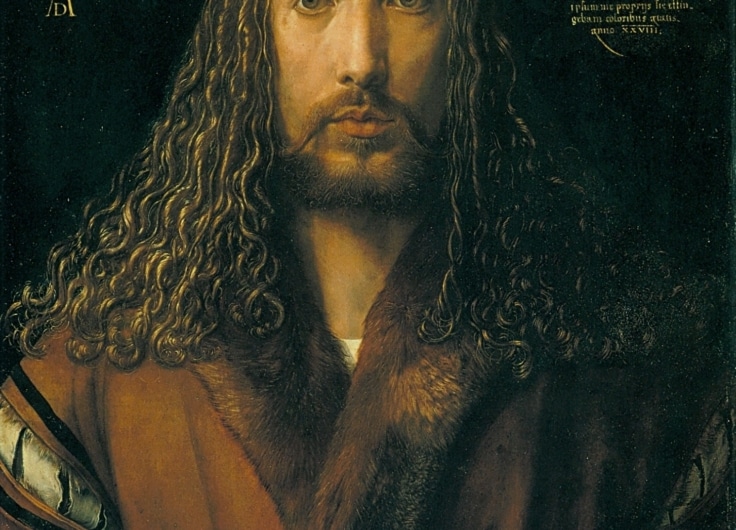
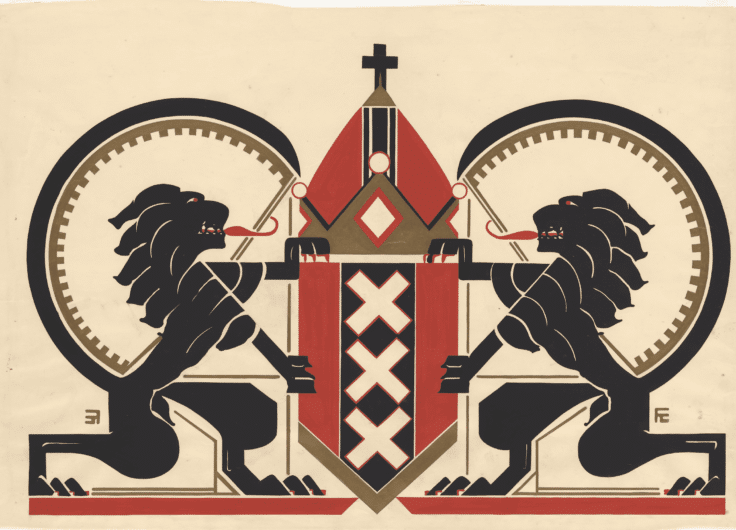

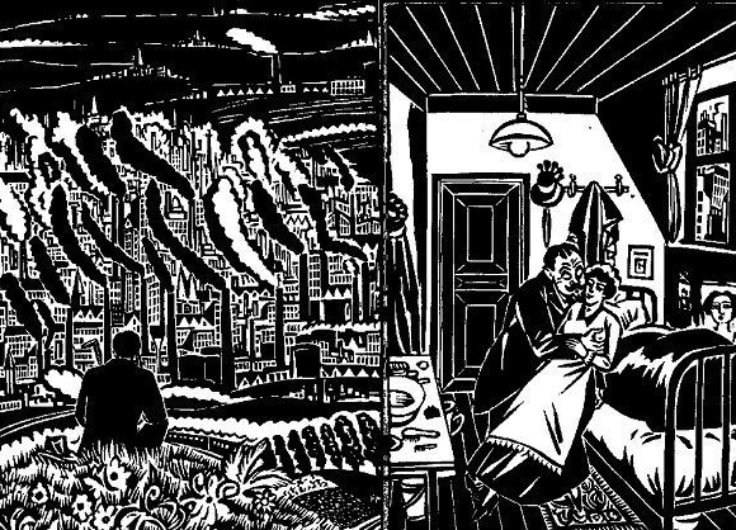
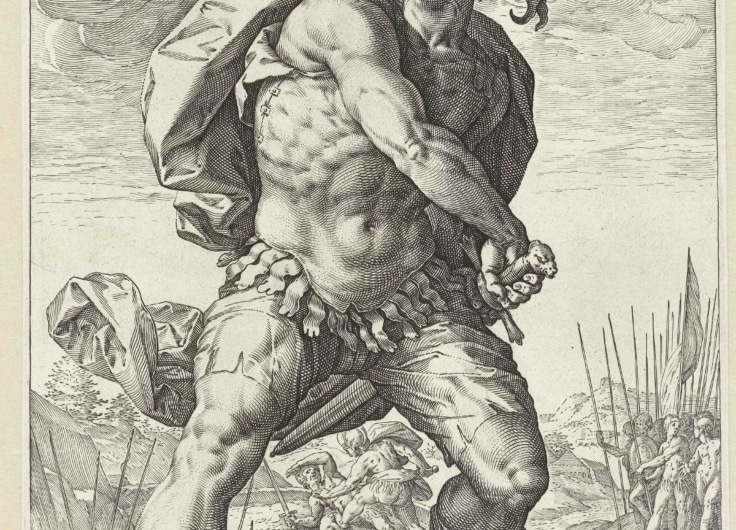



Leave a Reply
You must be logged in to post a comment.